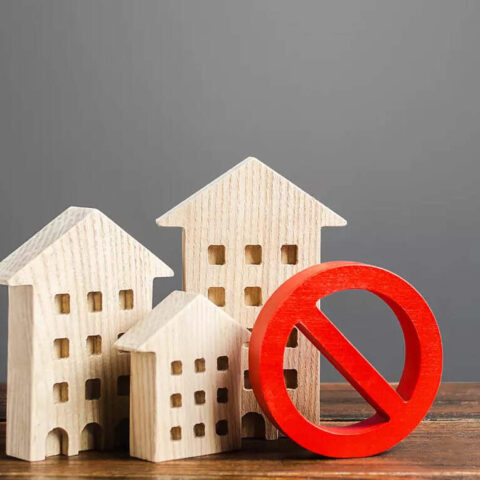
MUMBAI: In a pristine corner of Versova, a private gate opens to a long, narrow dirt track leading to a bungalow close to the shore. The solid Burma teak roof looks ramshackle, but inside, there are 20 rooms with high ceilings, a majestic hall with stained glass work, and Italian Carrara marble flooring. Outside, there are two wells, one of which bears the insignia tile engraved with “1900 AD”, when the bungalow and the wells were constructed.
Once known as Talati Bungalow (named after the Parsi family of Sorabji Talati that once owned it), it is one of the remaining last two of the original Seven Bungalows (Saat Bungla) in Versova.
Now, this slice of Mumbai’s history may disappear soon. BMC issued a notice on Feb 29 to the owners of the property (renamed Rattan Kunj) to vacate and pull down the structure. The K-West ward office’s notice said the structure is in a “ruinous state” and “likely to fall”. The notice was based on the findings of BMC’s technical advisory committee (TAC), which ascertains if structures are dilapidated and beyond repair.
On a recent Sunday morning, Shaloo Rahul Barar and her two sons, co-owners of the over one-acre property kissing the Versova coast, alleged that there was a conspiracy to evict them. “We know that an Andheri builder wants to redevelop the land and throw us out by getting the bungalow declared ‘dilapidated’,” she said.
“Rattan Kunj was issued a structural audit notice for the first time in 124 years, when the co-owners were being tapped by a developer. In our report, it passed the tests, with minor repairs being required, which were met,” she said. The Barars are the only ones holding out as the other co-owners have moved out. “Strong and sturdy structures are made unfit through such audit reports,” said Barar, who acknowledged a dispute between her and the other section of the family, which has a stake in the property.
Jayesh Raut, sub engineer from the K-West office, said the co-owners submitted two separate audit reports, which were contradictory. “These reports were forwarded to the TAC, which visited the property and concluded that the structure falls under the C-1 category (dangerous to occupy),” he said. Barar alleged that the TAC report was never shown to her despite asking for it.
Last Dec, MLAs had in the assembly raised the issue of how strong structures were being wrongly declared dilapidated. They said the TAC should have independent members to evaluate the condition of such buildings.
A recent report by Indian National Trust for Art and Cultural Heritage (Intach) had said Rattan Kunj is structurally stable, “although repairs are required to maintain the integrity of some of the architectural elements”. “There are some minor cracks seen in the external walls of the building, and components such as chhajjas, Mangalore tiles and eave boards are missing in some parts. An appropriate conservation plan is required to protect the building from further deterioration,” it said.
The bungalow was built along with Kaikei Villa, Rus Cottage, Jasbir Villa, Gulistaan, Vijay Bhawan and Shanti Niwas after the plague hit the city in 1896. “…the original owners were Maharaja of Gwalior, Maharaja of Kutch, Dadabhai Naoroji, scholar Rustom Masani, Sorabji Talati, the Chinais and Khambattas,” said the Intach report.
Conservation architect Vikas Dilawari said, “Mumbai’s suburbs have a history that is relatively less known and often neglected. Very little of it survives due to tremendous redevelopment pressure as such structures were missed in the initial heritage listing. The seven or four bungalows in Andheri are living pages of history. Very few survive.”









